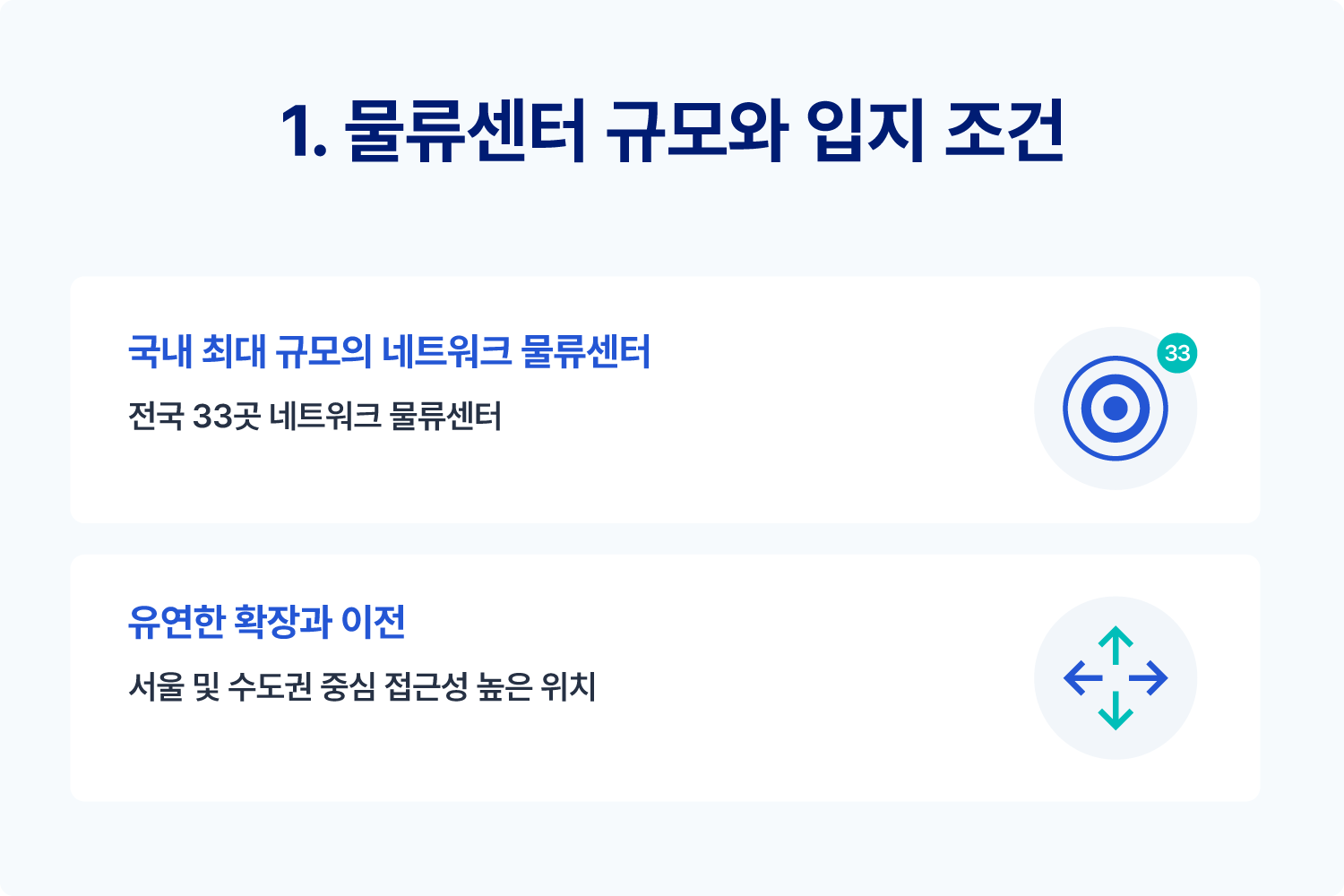
Sample Post 02
INTRODUCTION: Your “how to” blog post should teach the reader how to do something by breaking it...
When using a logistics center, you should evaluate not only its size and location but also the presence of logistics professionals for real-time communication, the design of logistics processes, and support for logistics solutions to minimize repetitive tasks. It’s crucial to thoroughly assess various conditions comprehensively when selecting a logistics center.
If you’re an e-commerce seller running an online store, you’ve probably experienced your schedule coming to a halt due to packaging and shipping orders. Unanticipated order volumes can often lead to delays in product planning, development, and marketing tasks, causing today’s essential tasks to pile up. If you fail to keep up with your planned schedule, it can result in postponed product launches or disruptions to other critical tasks. Effective logistics management plays a significant role in a brand’s growth and stable operations. Especially when handling logistics on your own, the challenges of management come with considerable financial and time costs. For this reason, many consider using 3PL (third-party logistics) providers. However, a lack of prior knowledge and experience can make it difficult to determine the criteria for selecting a logistics center. To master logistics management, here are five essential factors from a practitioner’s perspective that you should consider.
"Even if a product is outstanding enough to seamlessly integrate into existing habits and patterns, it must be supported by a strong distribution strategy."
— Peter Thiel, *Zero to One*
When using a logistics center, you should evaluate not only its size and location but also the presence of logistics professionals for real-time communication, the design of logistics processes, and support for logistics solutions to minimize repetitive tasks. It’s crucial to thoroughly assess various conditions comprehensively when selecting a logistics center.
 The non-overlapping storage areas ensure systematic inventory management, allowing for flexible handling even when the volume of shipments and storage increases. Colosseum’s network logistics centers, located in 33 locations nationwide, boast a total area of 40,000 pyeong (approximately 132,000 square meters), enabling flexible adaptation without the need to switch centers.
The non-overlapping storage areas ensure systematic inventory management, allowing for flexible handling even when the volume of shipments and storage increases. Colosseum’s network logistics centers, located in 33 locations nationwide, boast a total area of 40,000 pyeong (approximately 132,000 square meters), enabling flexible adaptation without the need to switch centers.
The first thing to consider when choosing a logistics center is its size and location. Adequate storage space ensures systematic inventory management, free from overlapping products, and allows for flexible handling as storage and shipment volumes increase. Colosseum’s network of logistics centers spans 33 locations nationwide, with a total area of 40,000 pyeong. This extensive infrastructure provides flexibility without needing to switch centers. As Korea’s largest logistics infrastructure, Colosseum’s centers are strategically located in Seoul and the metropolitan area, allowing clients to freely choose centers near their shipping points.
Specialized facilities and equipment suited to the properties of your products are essential. For example, refrigerated or frozen food requires facilities that maintain low temperatures, flammable liquids need specialized handling, and bonded warehouse certifications streamline domestic customs processes. Colosseum’s logistics centers boast facilities tailored to specific product types. They’ve partnered with Korea’s leading cold-chain company, Korea Superfreeze, for refrigeration and freezing needs, and they possess licenses for handling hazardous materials like perfumes and diffusers. Additionally, they hold bonded warehouse certifications required for importing goods, ensuring compliance with national regulations. Colosseum also offers premium logistics environments for goods like meal kits, pet supplies, cosmetics, and processed foods, aligning with client demands for top-notch fulfillment and delivery infrastructure.
While size and state-of-the-art facilities are important, real-time communication with dedicated logistics personnel is crucial for smooth operations. Logistics often involves variables, and unresolved issues can result in financial losses. For instance, in cases of delivery delays due to adverse weather, missing deadlines can lead to sales losses. Colosseum assigns dedicated Fulfillment Directors (FDs) to each client, ensuring expert logistics management. Their experienced FDs proactively monitor weekly weather forecasts, adjust schedules for anticipated rain, and provide high-quality services tailored to client needs.
Content Structure
Quote
Sample Content

INTRODUCTION: Your “how to” blog post should teach the reader how to do something by breaking it...

INTRODUCTION: Your “how to” blog post should teach the reader how to do something by breaking it...

INTRODUCTION: Your “how to” blog post should teach the reader how to do something by breaking it...